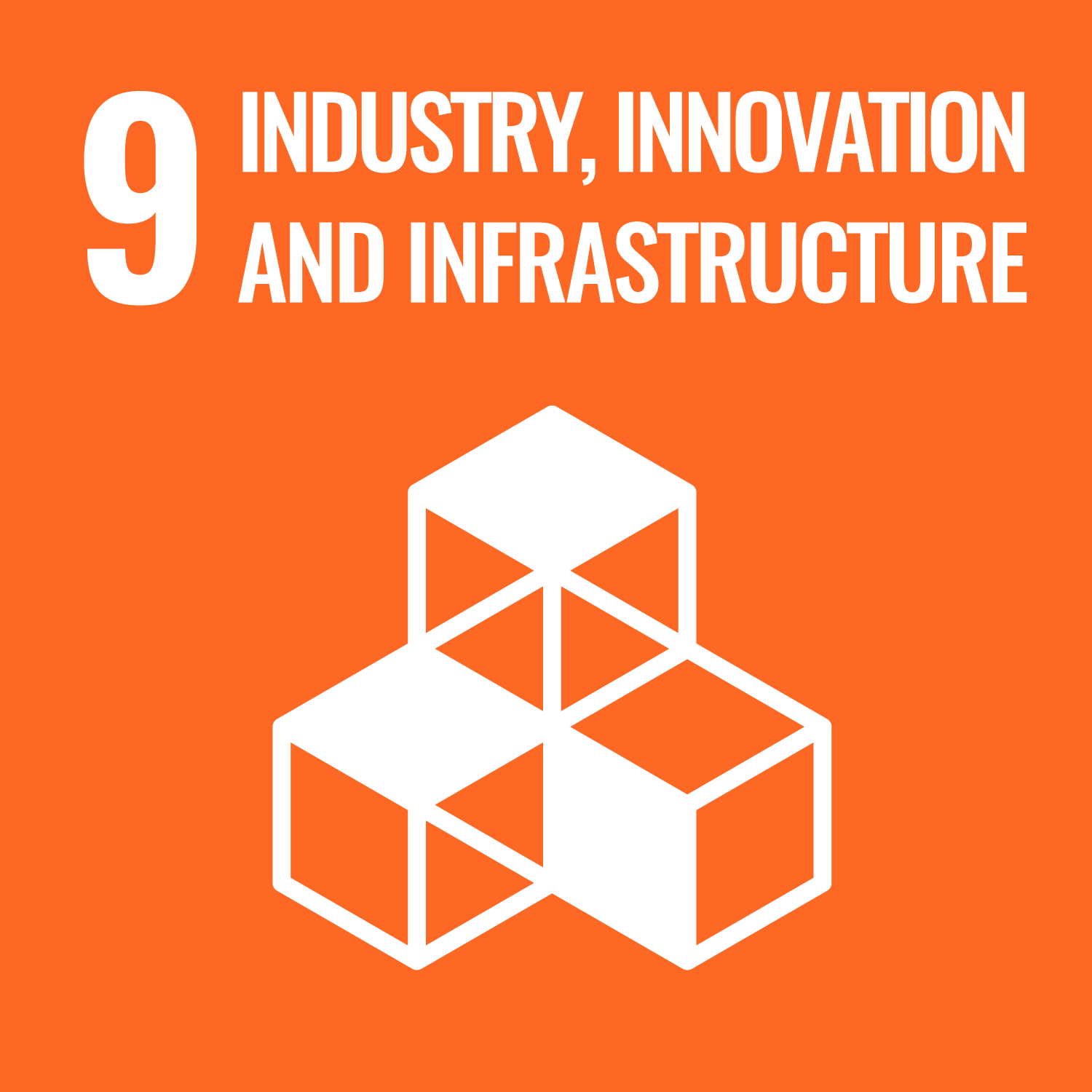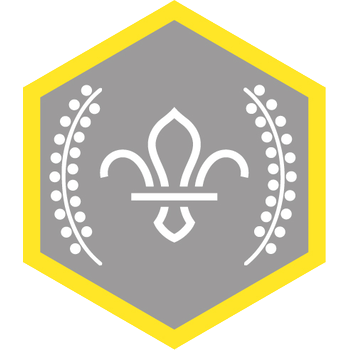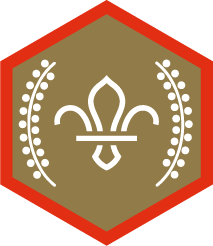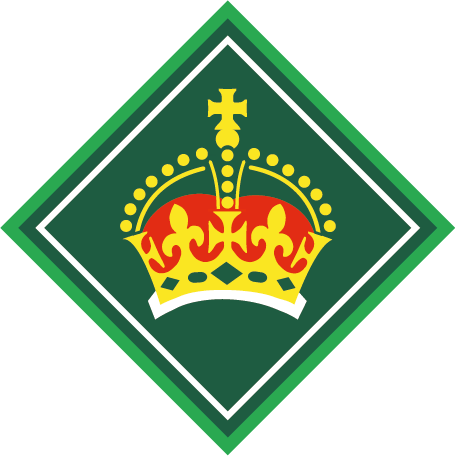
Community autism pledge
You’ll need
- Coloured pens or pencils
- Craft materials (for example, tissue paper, pipe cleaners, stickers)
- Big pieces of card
Before you begin
- Use the safety checklist to help you plan and risk assess your activity. Additional help to carry out your risk assessment, including examples can be found here. Don’t forget to make sure all young people and adults involved in the activity know how to take part safely.
- Make sure you’ll have enough adult helpers. You may need some parents and carers to help if you’re short on helpers.
Make the charters
- Gather everyone together.
- Tell everyone they're going to work together to come up with an autism-friendly charter. This is a list of actions and steps that people can take to create a more autism-friendly community.
- Everyone should come up with the same charter, which will be used by everyone to create their own design. If you need any ideas or support, groups could check out 'The Big 5 Things', which looks at common challenges autistic people can face.
- Each person should create a copy of the charter
- Everyone should work together, either individually or in pairs, to make copies of the charter to hand to local shops, businesses, and services. They could make a digital charter to print, or make copies by hand. It’s a good idea to have around 10, depending on how many places people want to visit. If you’re making them by hand, they don’t need to look exactly the same, as long as the words don’t change.
Plan your route
- Everyone should split into small groups.
- Each group should think about places in the community that could be more autism-friendly. They could think about shops, community spaces or something else.
- Each group should plan a route through the community, passing the places they identified in step two. They could use a physical map or a digital, online map, or the person leading the activity could help plan everybody's routes. The person leading the activity should check that only one group will visit each place, too.
- Each group should prepare to walk their route and ask the places to sign up to the autism-friendly charter. They’ll need enough copies of the charter to give one to each place, and it may be useful for them to plan what they’ll say too.
- You may want to get in touch to let people know you’re planning to pop in, especially if you’re visiting a larger business or service. You’ll probably be able to find contact details, such as an email address or phone number, on their website.
Share the charter
- Each group should set off, with enough adults, to visit the places they chose.
- Every time they reach a place, everyone should explain why it’s important to take action to create an autism-friendly community. They should share their autism-friendly charter and explain that it’s a list of actions they could take to make their place more accessible for autistic people.
- Everyone should ask staff to sign their charter and give them a copy to keep and display. Don’t worry if people aren’t sure how exactly to put the actions in place. They may need to talk to their colleagues first, for example. Let them know that they can visit autism.org.uk to find out more about how to be autism-friendly.
- Everyone should keep track of all the places that have signed up. They could take down contact details to check back in if the people they speak to say they need to ask someone else.
- Everyone should work together to make a list of all the places that have signed up. They should decide how they’ll tell people who’s joined the list – could they make posters, for example, or use their group’s social media?
- You could add your groups contact details, making sure not to give out personal information. This may encourage groups to get in touch to tell you what they've done or any changes they've made as a result of your charter.

This activity helps contribute towards some of the UN's Sustainable Development Goals. Find out more about the SDGs, and how Scouts across the world are getting involved.





Reflection
This activity needed everyone to communicate. They had to communicate with each other to make a plan, then talk to local places, such as shops and services, about their charter.
How did people feel before they asked places to take action? Maybe they were a little nervous or scared – it can be tricky to speak up, especially if it’s something new. How did they feel after having conversations?
Did anyone have any particularly great interactions? What else would people ask business owners (and the people working in local services) to do to create a better community?
This activity was also about helping the community. Why is it important to create a community works for everyone? What actions can people take to make their part of the community more accessible?
People may think about some of the things on their autism-friendly charter, as well as things to help make the building more widely accessible, such as ramps to enter, lowered counters, learning a little sign language or having automatic doors.
Whose responsibility is it to make the community better for everyone? Do people think the government should do more to make communities accessible?
Safety
All activities must be safely managed. You must complete a thorough risk assessment and take appropriate steps to reduce risk. Use the safety checklist to help you plan and risk assess your activity. Always get approval for the activity, and have suitable supervision and an InTouch process.
- Outdoor activities
You must have permission to use the location. Always check the weather forecast, and inform parents and carers of any change in venue.
- Road safety
Manage groups carefully when near or on roads. Consider adult supervision and additional equipment (such as lights and high visibility clothing) in your risk assessment.
It’s up to you how many places you visit – you could stick to one or two, or aim high and try to reach five! Be flexible on the day – you may need to adjust your goals, for example, if a shop’s unexpectedly closed or a conversation takes longer than you planned.
Make sure that the places each group visit are accessible for everyone in the group. For example, if someone uses a wheelchair, make sure all the places their group’s planning to visit have level access.
Make sure the route each group plans is suitable for everyone. Do they need to avoid steps without ramps, for example? Will everyone in the group be able to travel the whole distance?
Some people may find it helpful to have a clear journey plan of where they’ll go and how they’ll travel. They may also want to plan or write down what to say or do at each place.
All Scout activities should be inclusive and accessible.
Check in with the places a few weeks after they sign the charter. What progress have they made? If they need any support, use what you’ve learned to help, or direct them to autism.org.uk.





